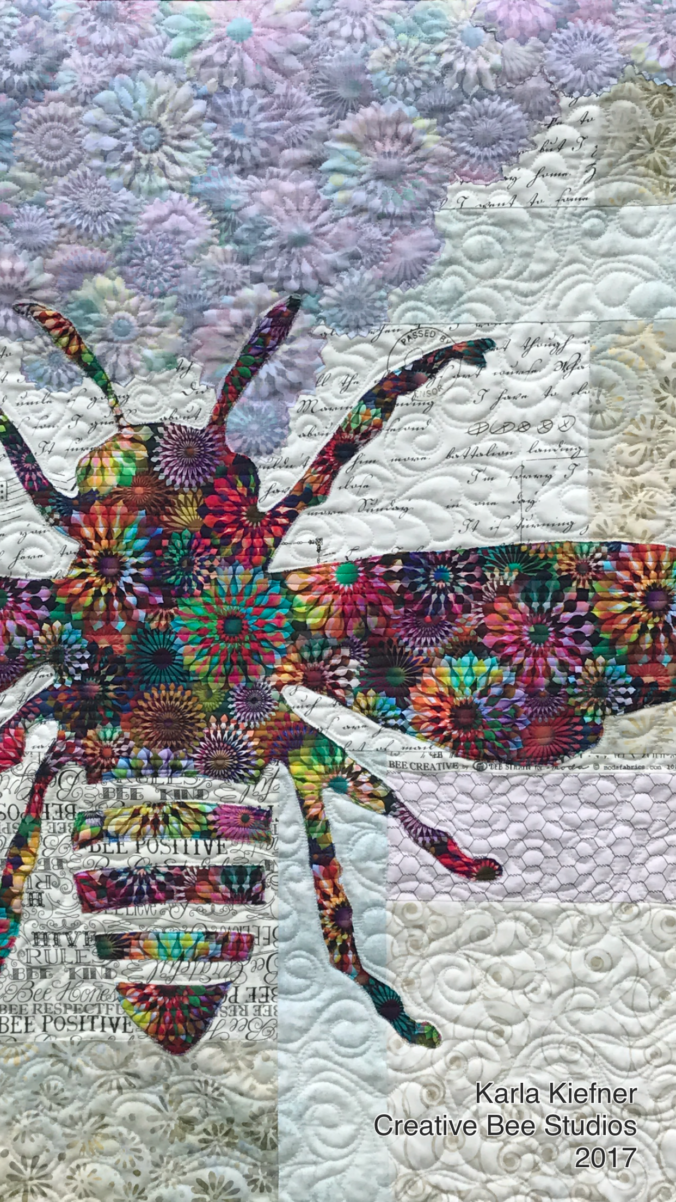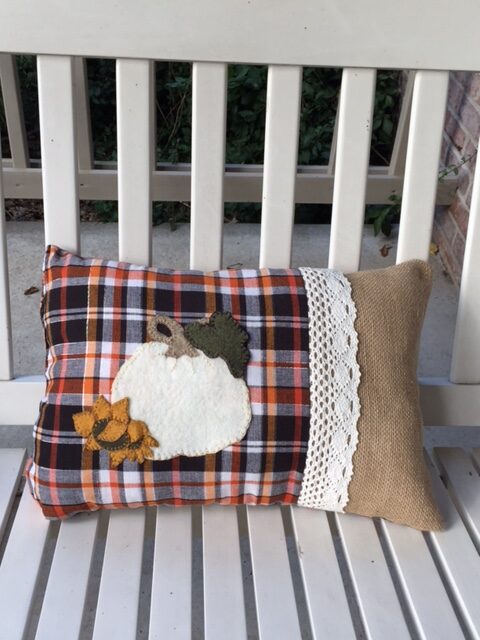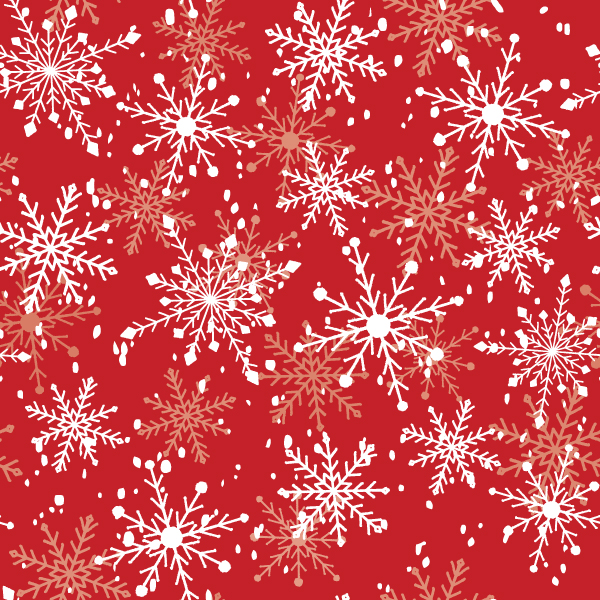Sandy, the sea turtle quilt, is super fun to make!
Table of contents
Estimated reading time: 3 minutes
This sea turtle pattern is for those who love summer and salty air, the sound of sea gulls and crashing waves. And, of course, sea turtles!
Sandy the sea turtle quilt is made with BOTH beautiful sides of fabric.
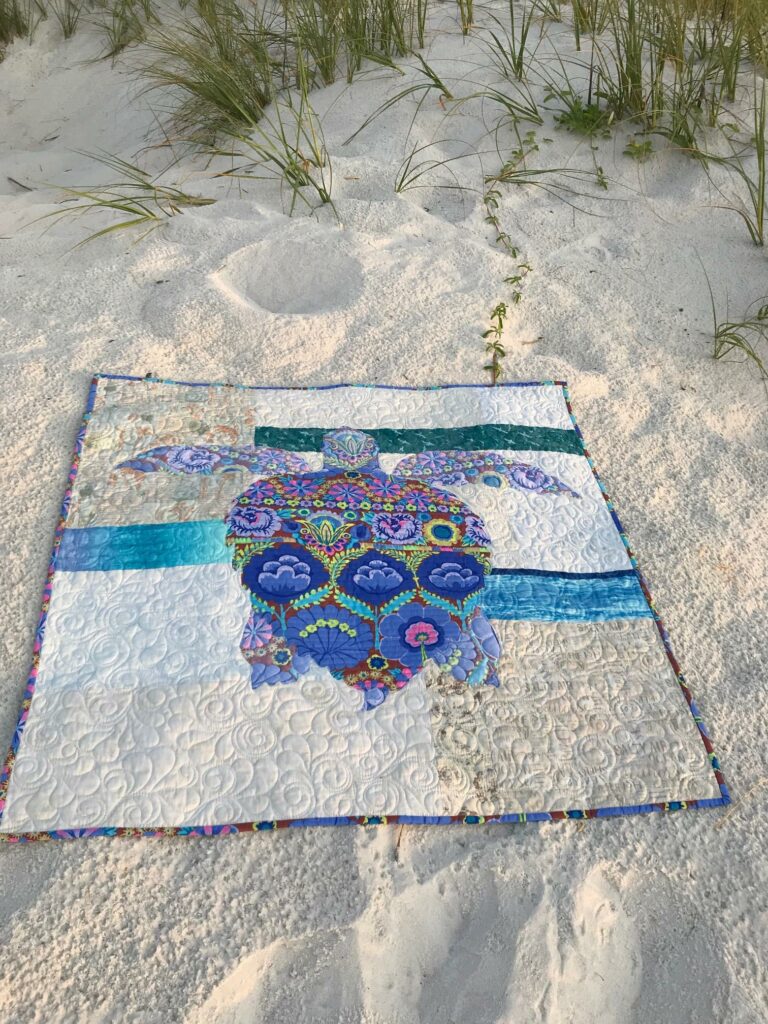
The first reason Sandy is so fun and easy to make is the focus fabric! You only need to pick ONE. The RIGHT sides makes her shell and the binding. The REVERSE makes her legs, tail and head.
Add a fun, scrappy background.
Secondly, the background fabrics can be bold and fun. A variety of background fabrics can make this quilt sparkle with interest!
Audition BOTH sides of fabric.
Furthermore, you learn HOW to audition BOTH side so fabric. You’ll start with your focus fabric. Next you’ll audition your background fabrics with BOTH sides of your focus fabric. The guide in the pattern tells you what to look for and how to use value to make your choices. See How to Use Both Sides.
About Sea Turtles
Did you know? Cooler sand temperatures produce more male and warmer sand produces more female sea turtles.
The sea turtle eggs hatch almost simultaneously, making the sandy nest look like boiling water. Instinctively, the babies find their way to the water with the help of the slope of the beach and the moon and star reflections on the water.
The large number of turtles hatching and moving to the sea all together helps protect them from predators. That’s why its a good idea to remove chairs and umbrellas and fill all holes at night during hatching season so they have a better chance at making it to sea safely.
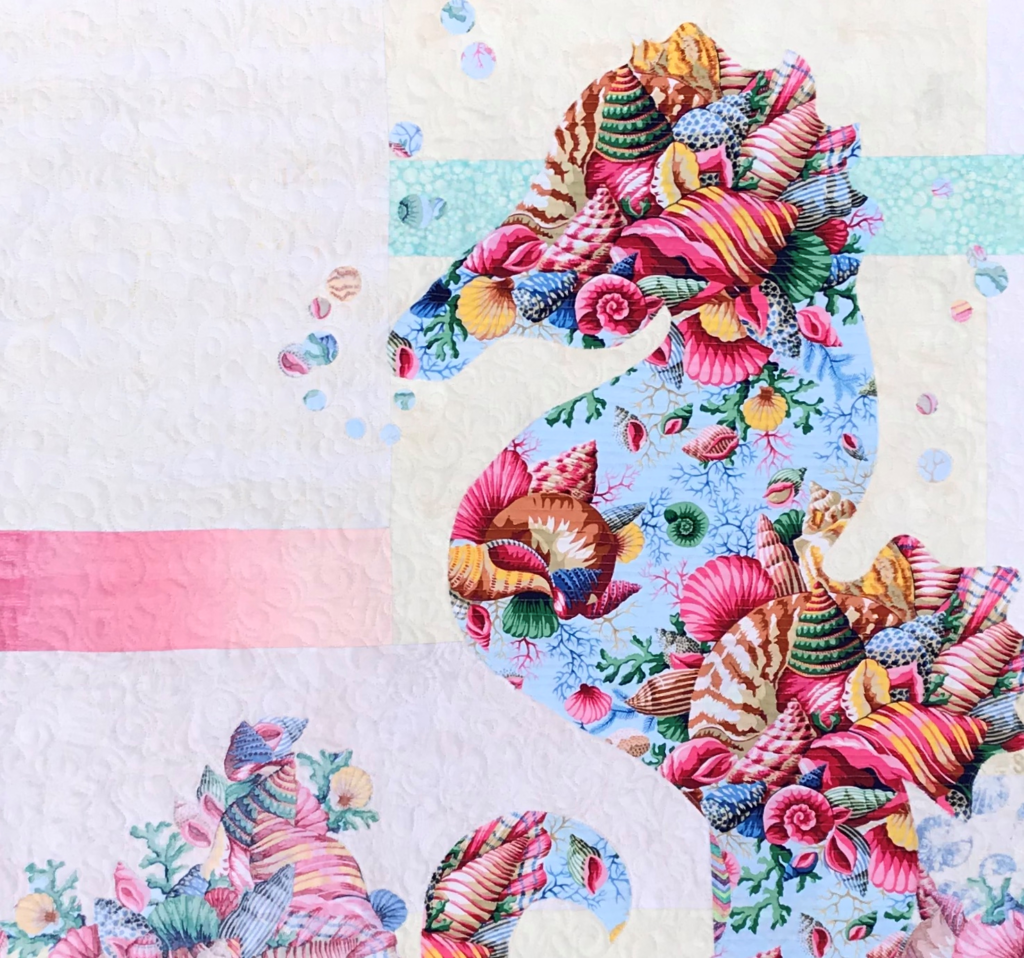
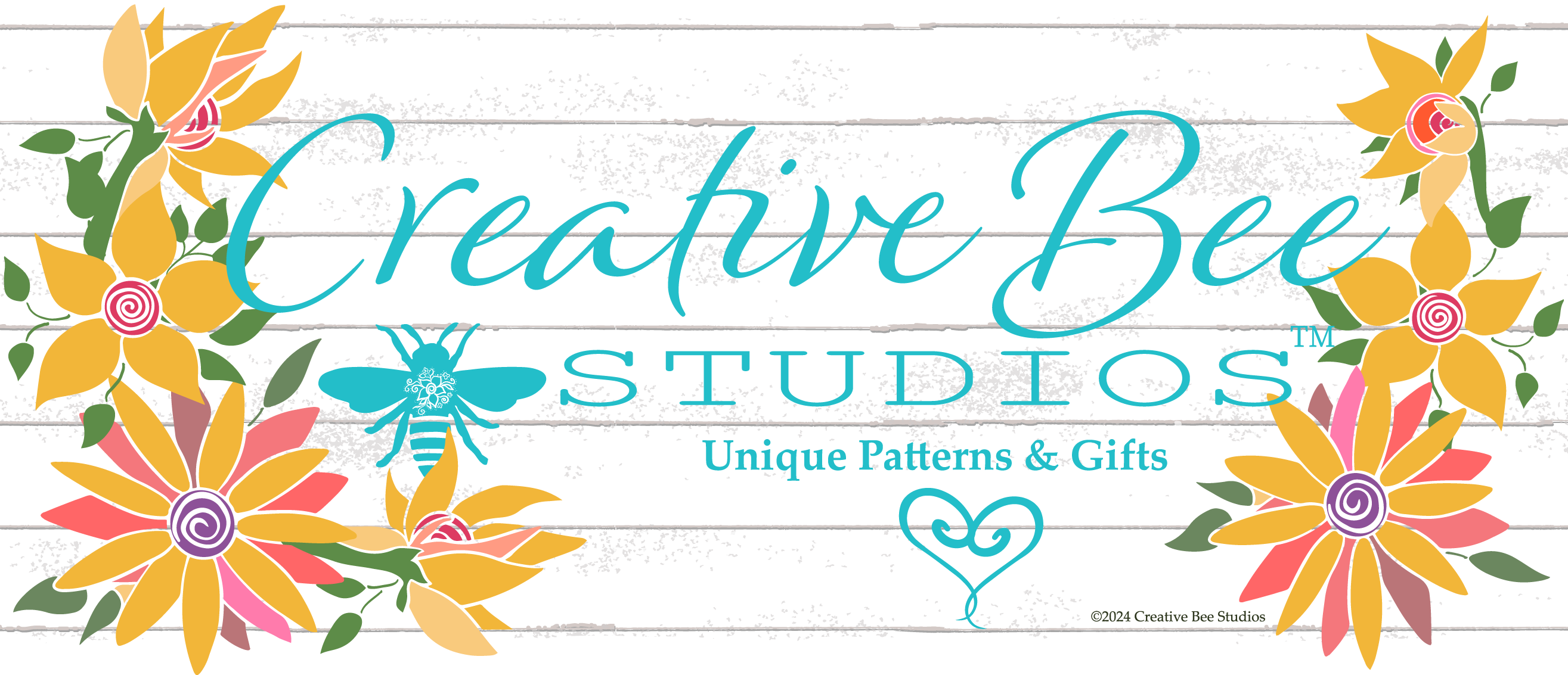
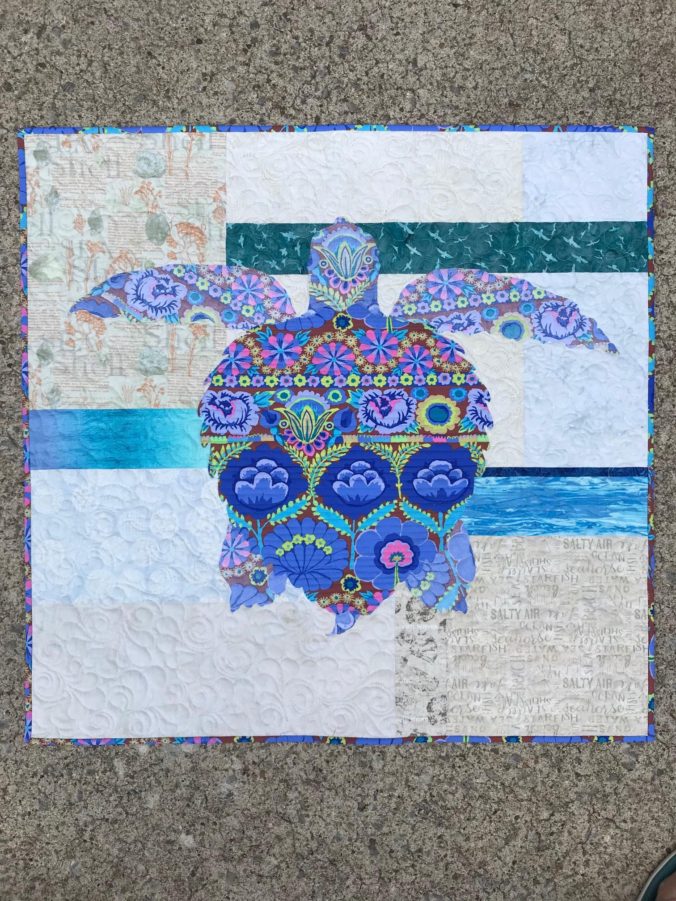
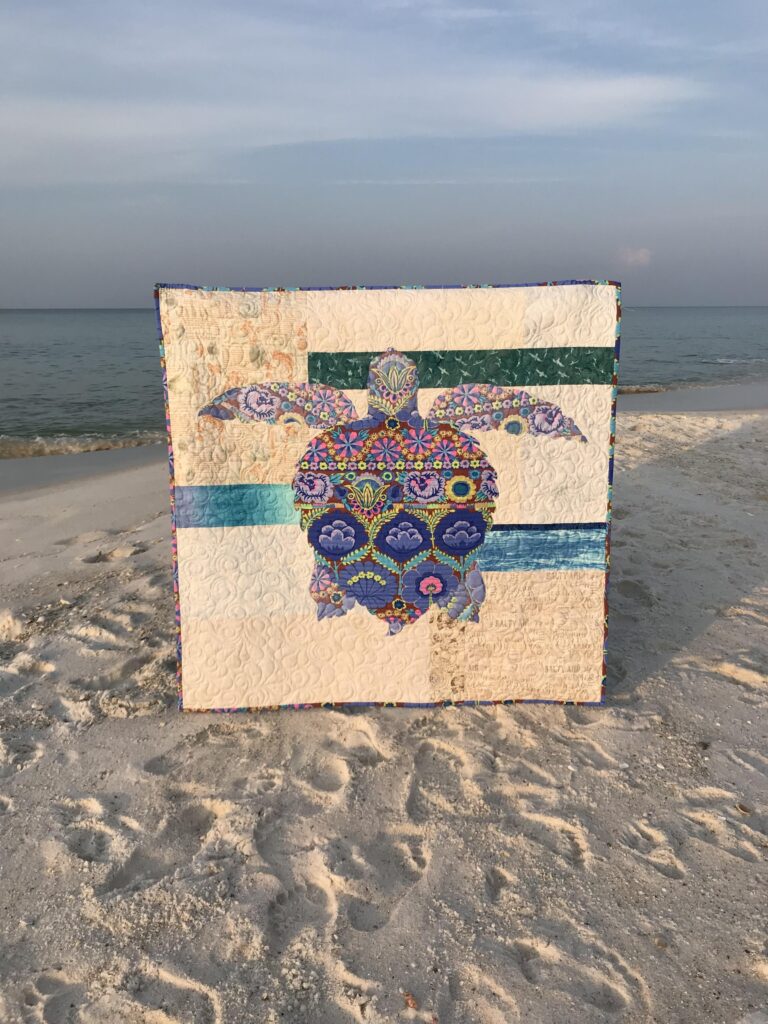
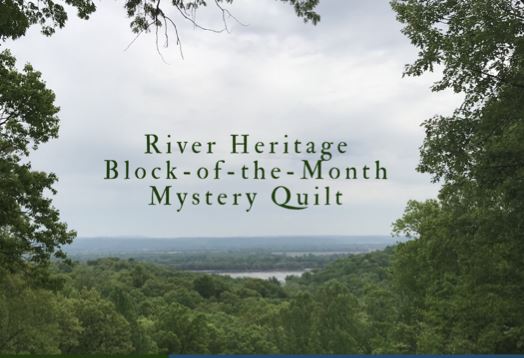
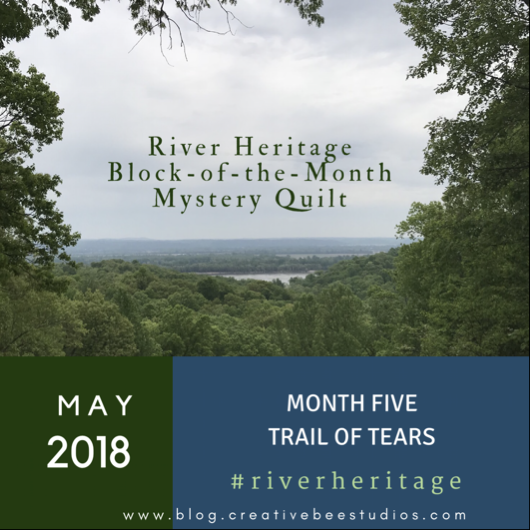
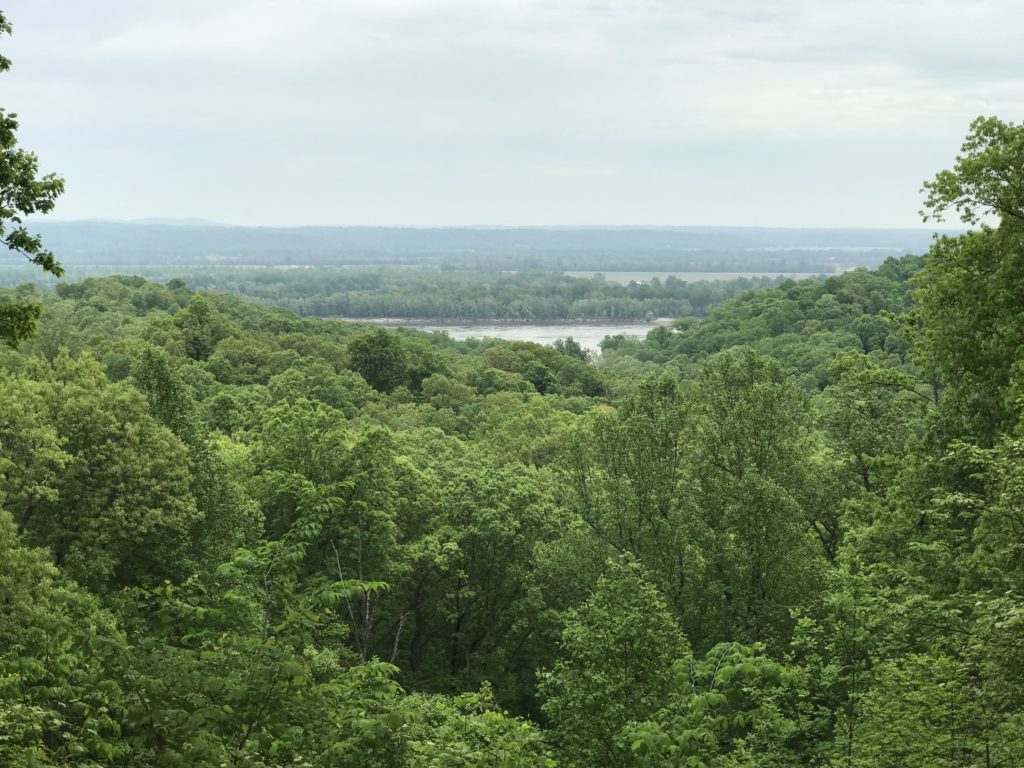
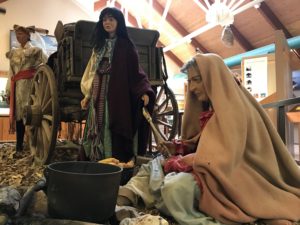
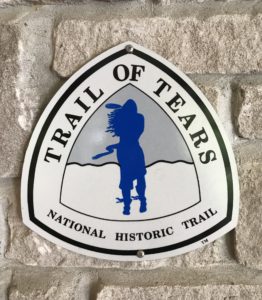
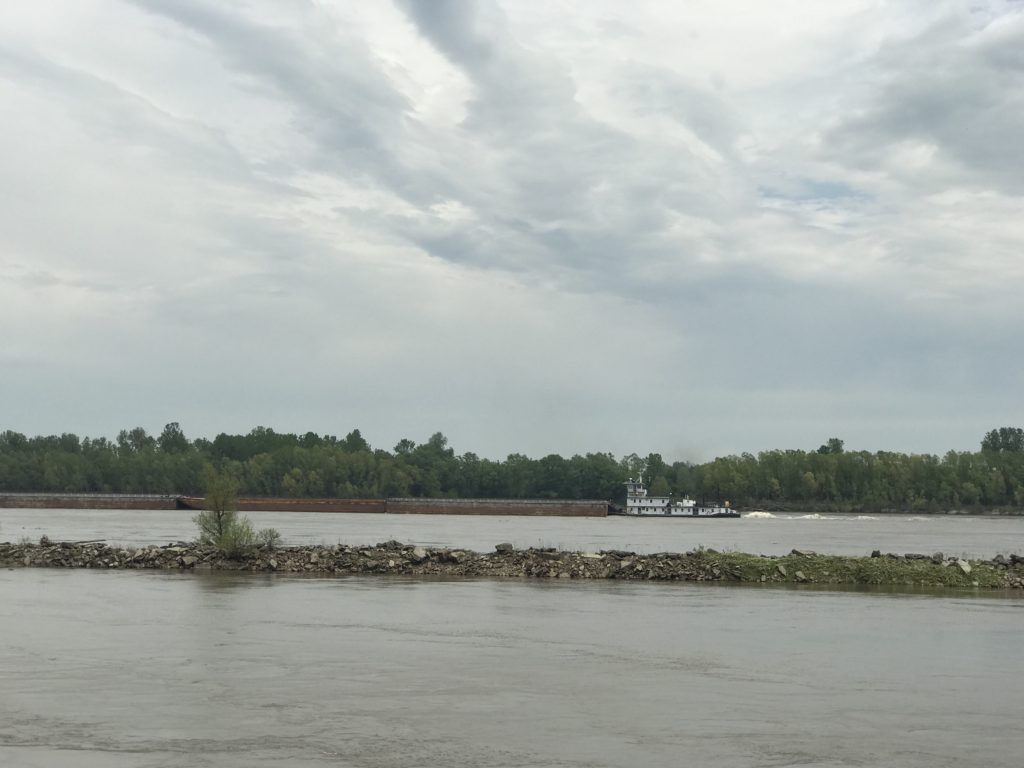

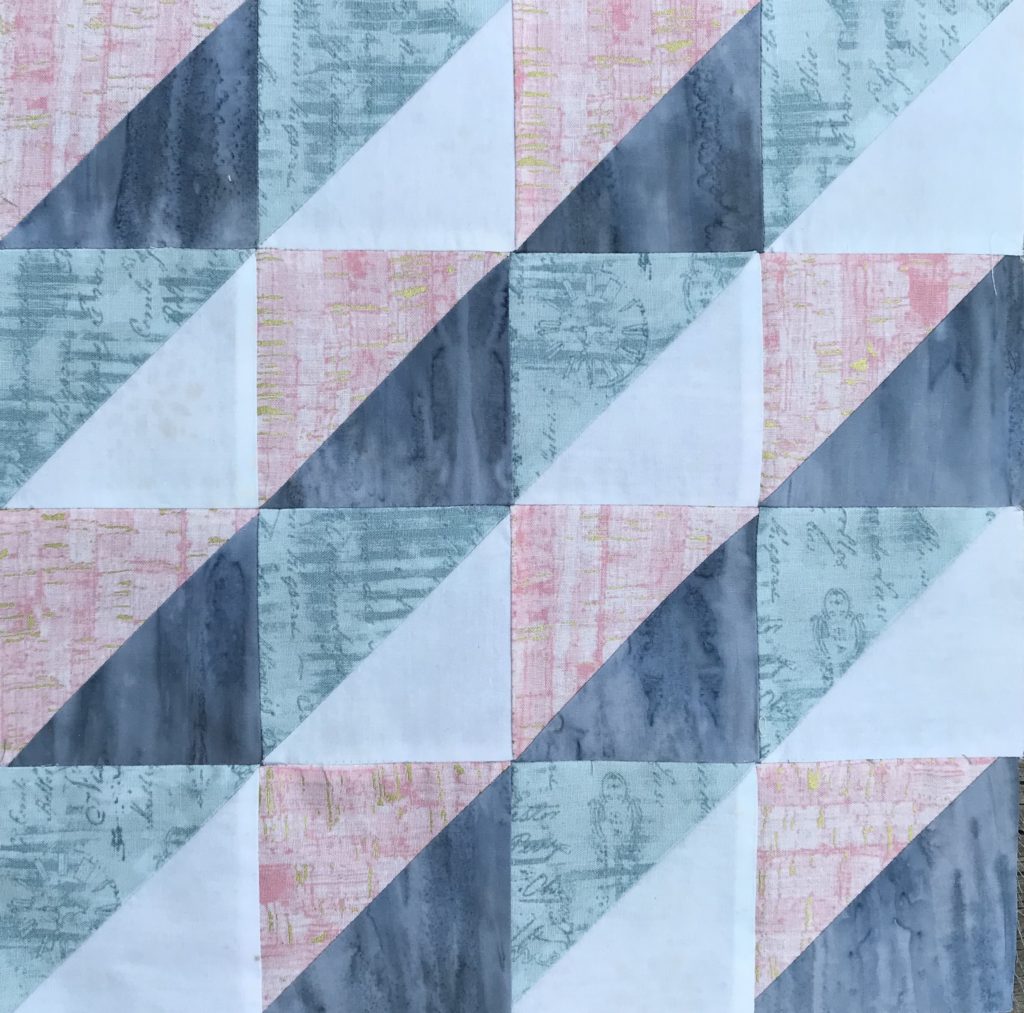
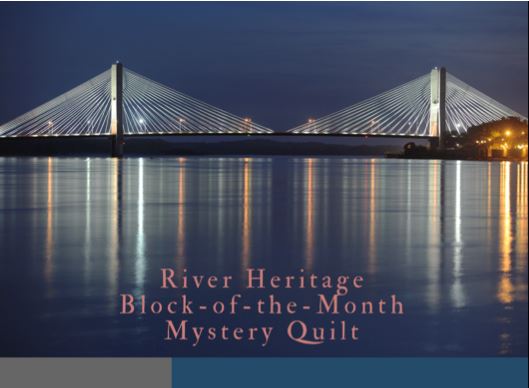
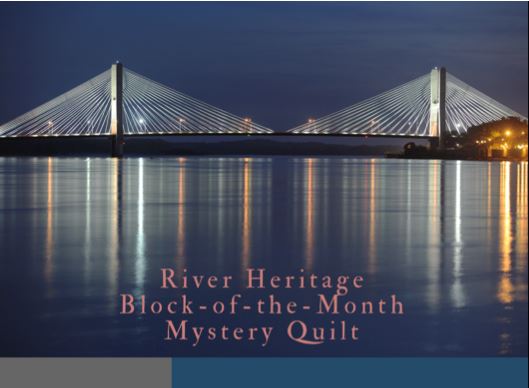
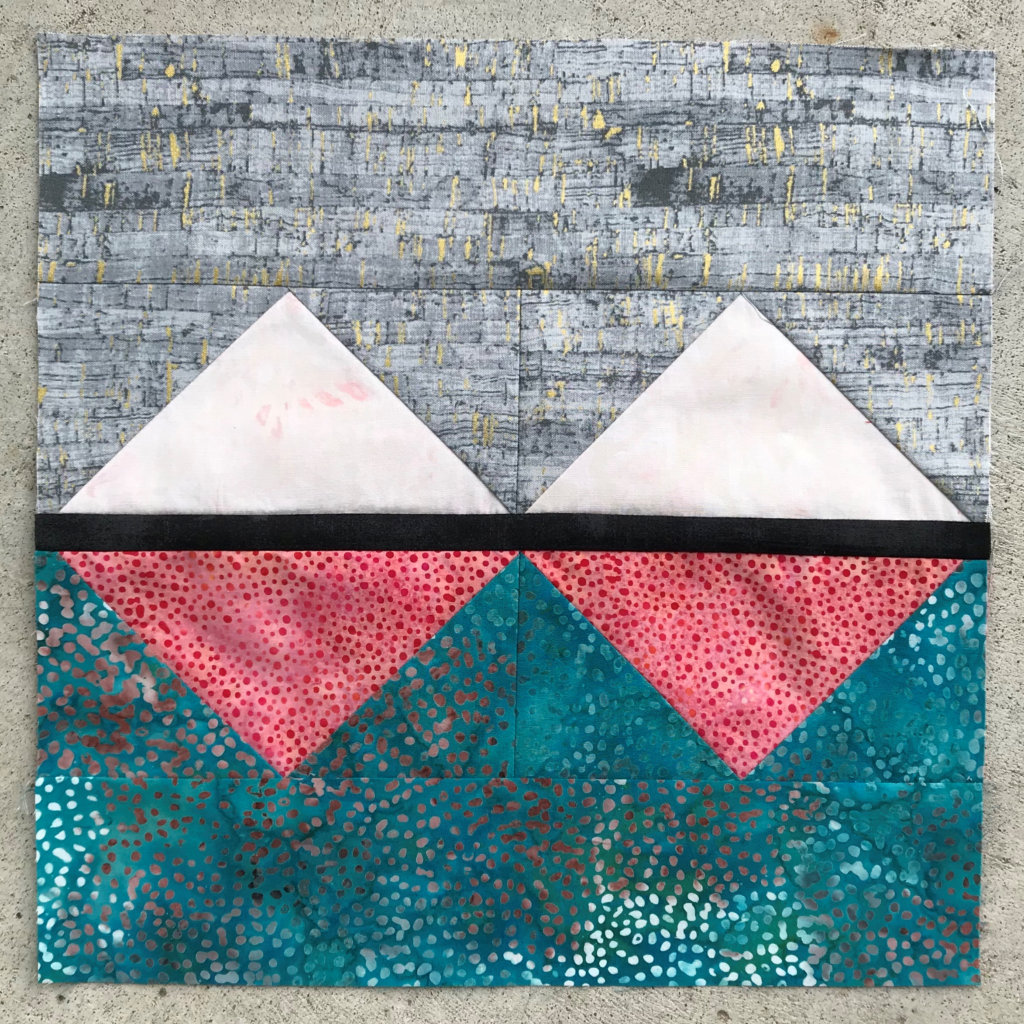
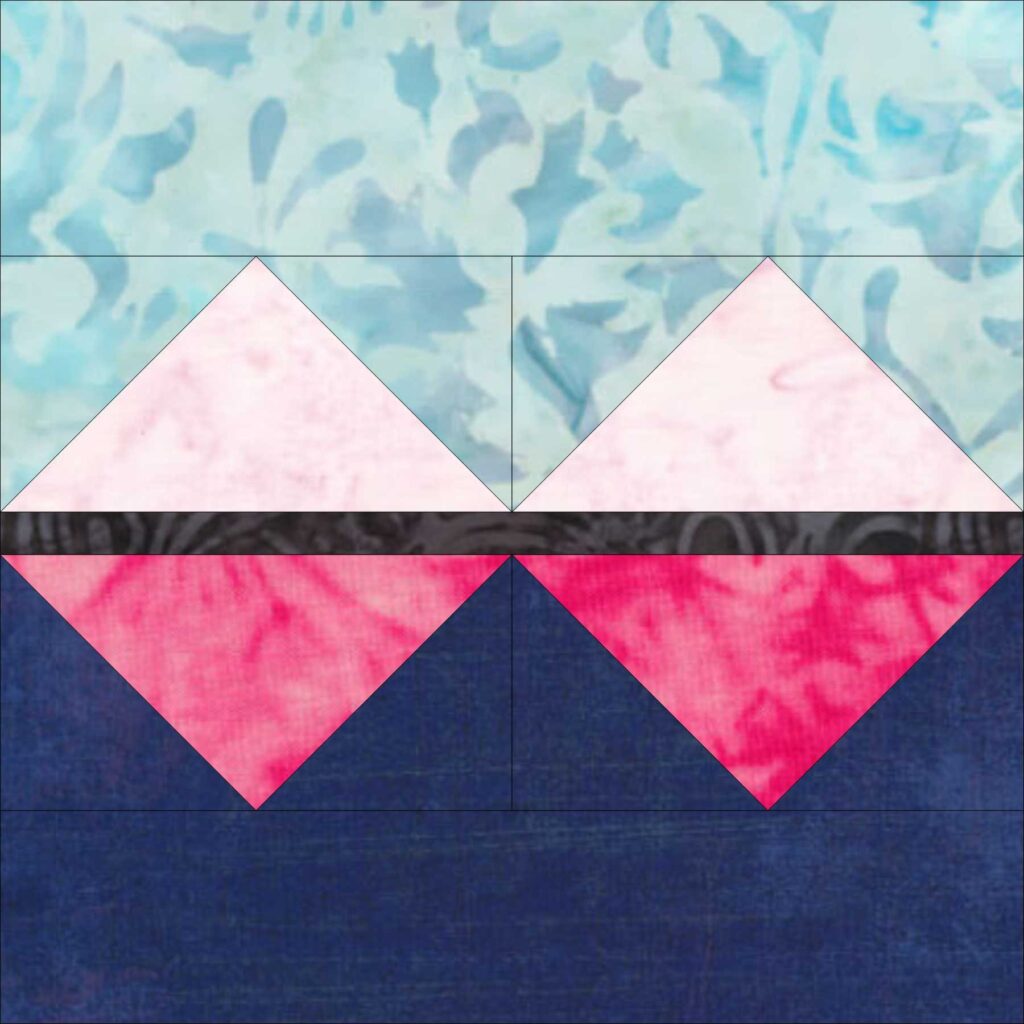
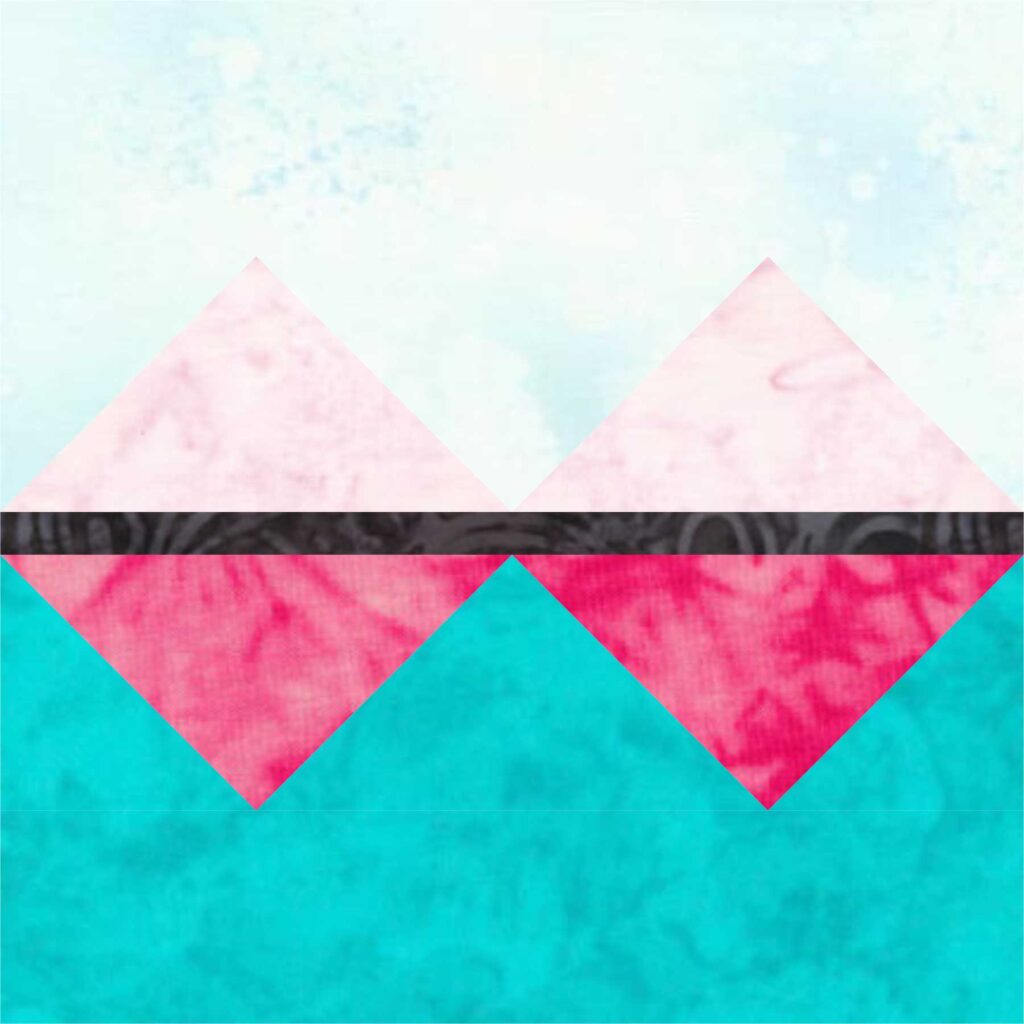
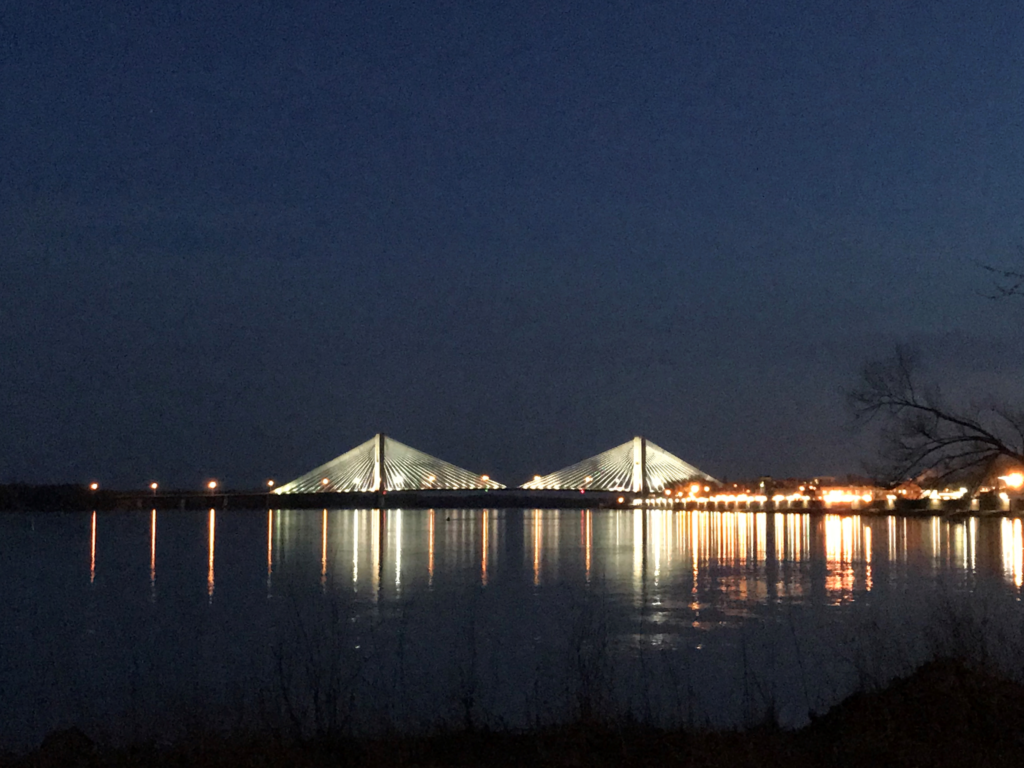
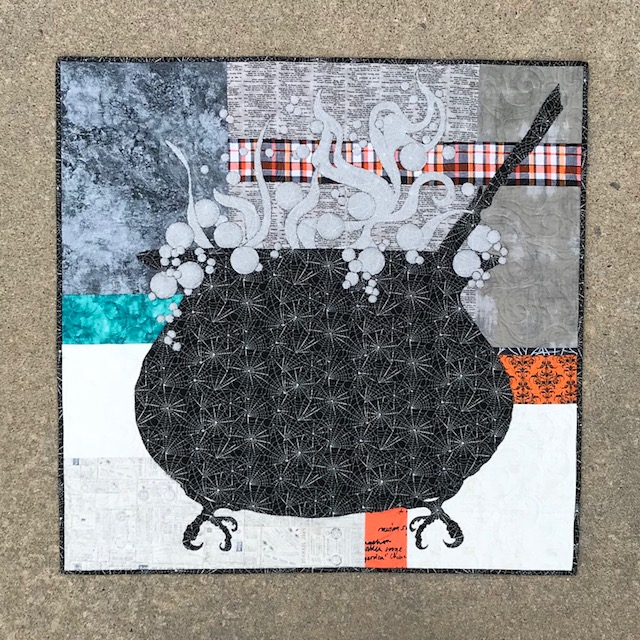
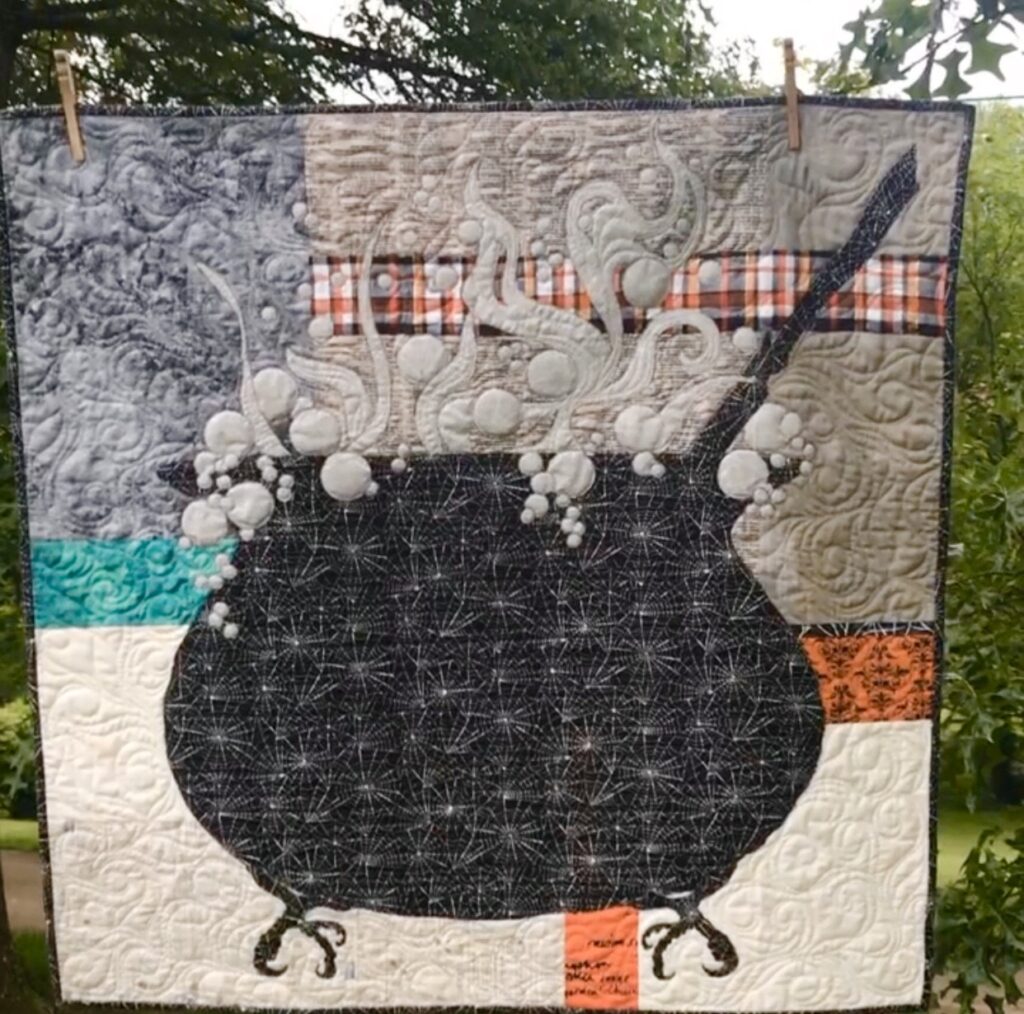
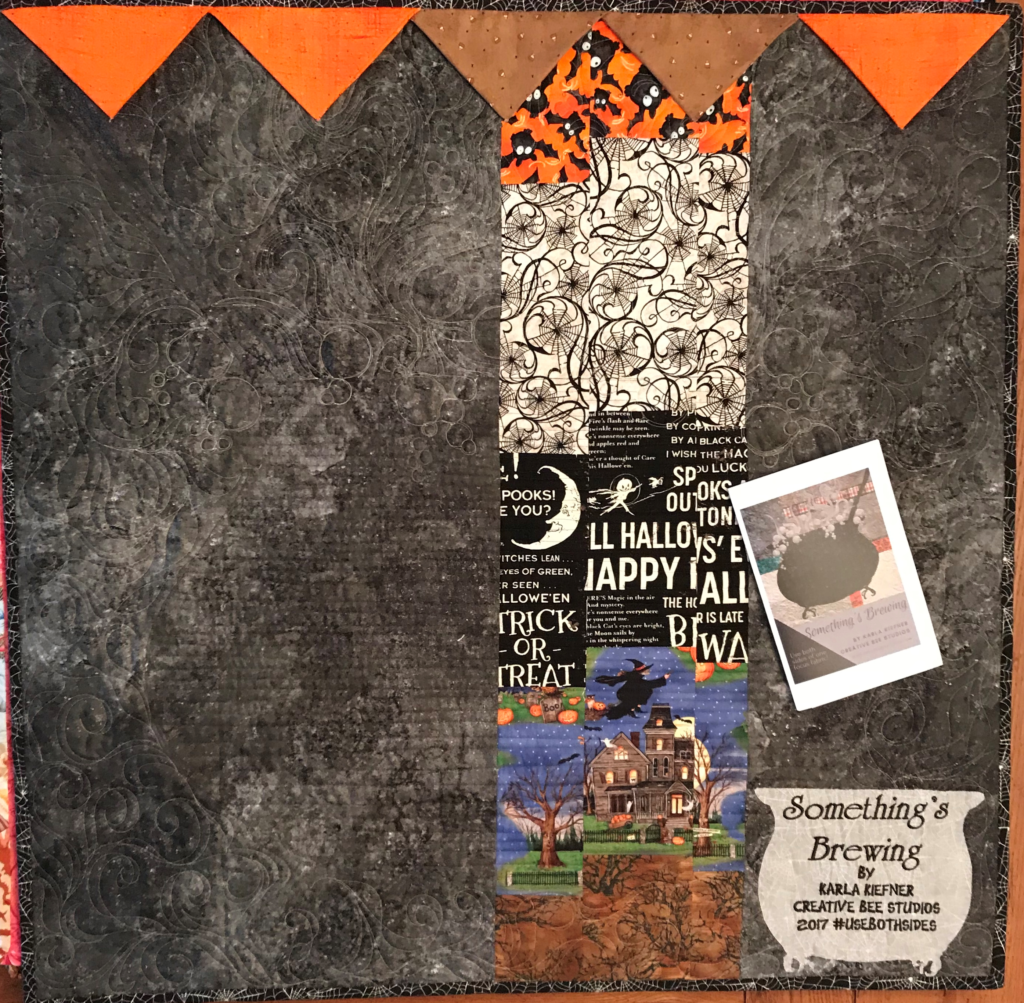
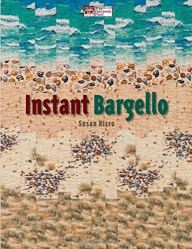 I’ve made several fun and fast quilts using this book as a guide. I decided this technique would allow me to use small pieces of fabric to make a fun quilt backing. I grabbed some scraps and did three little columns of that technique which gave me enough width for the backing. It was fun and fast!
I’ve made several fun and fast quilts using this book as a guide. I decided this technique would allow me to use small pieces of fabric to make a fun quilt backing. I grabbed some scraps and did three little columns of that technique which gave me enough width for the backing. It was fun and fast!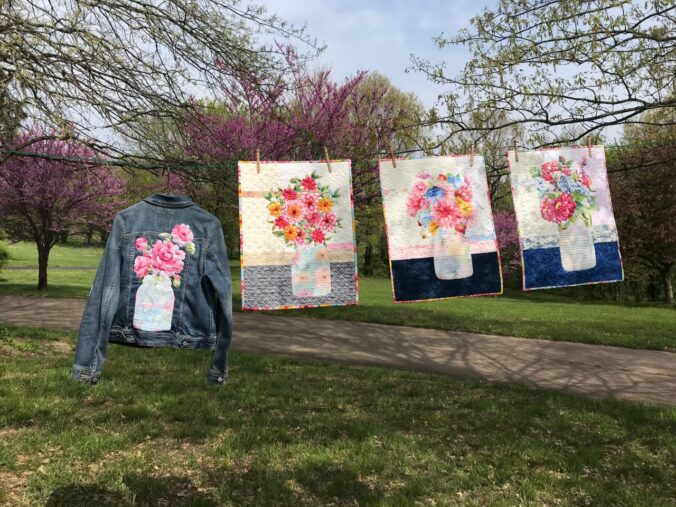
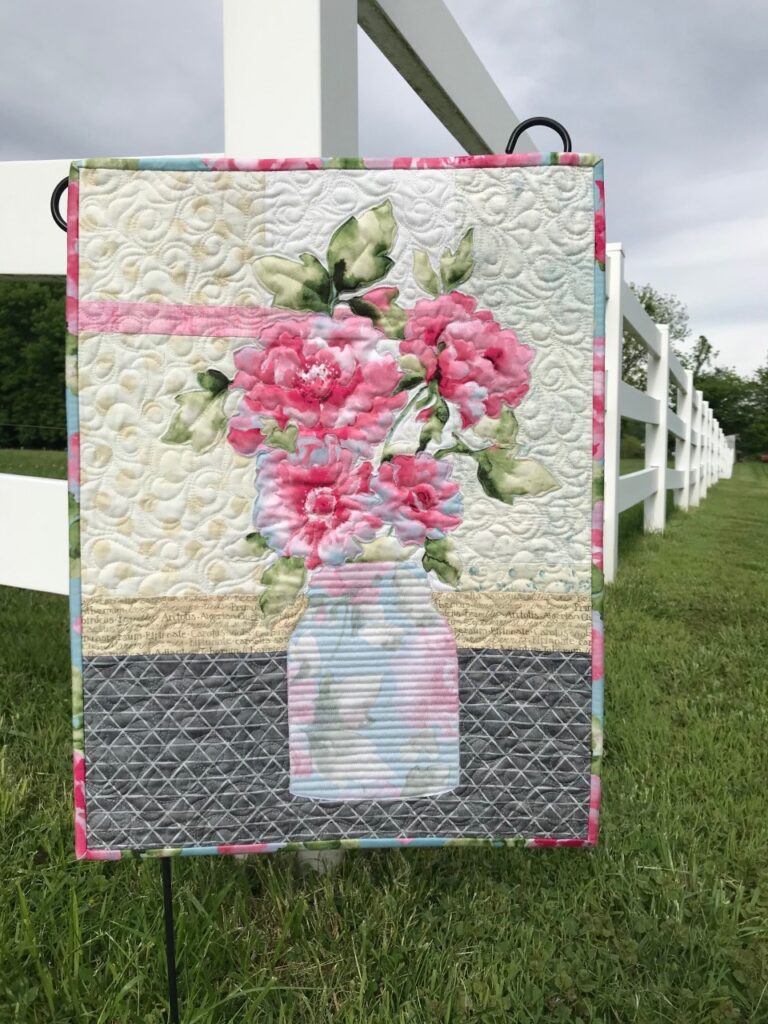

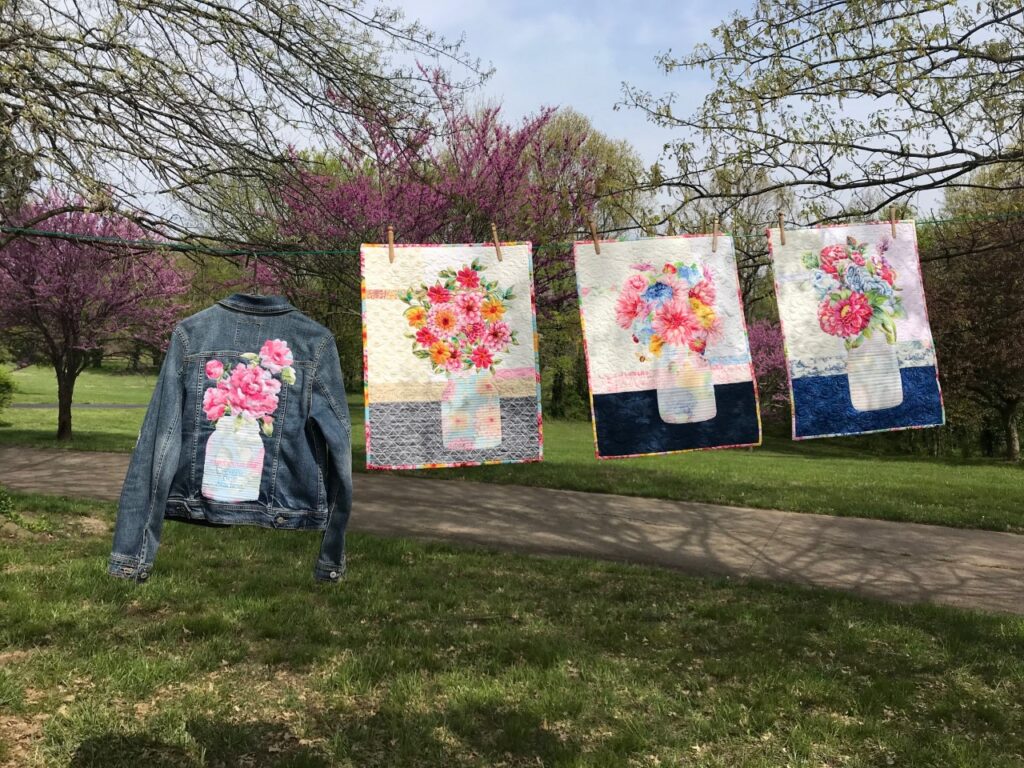
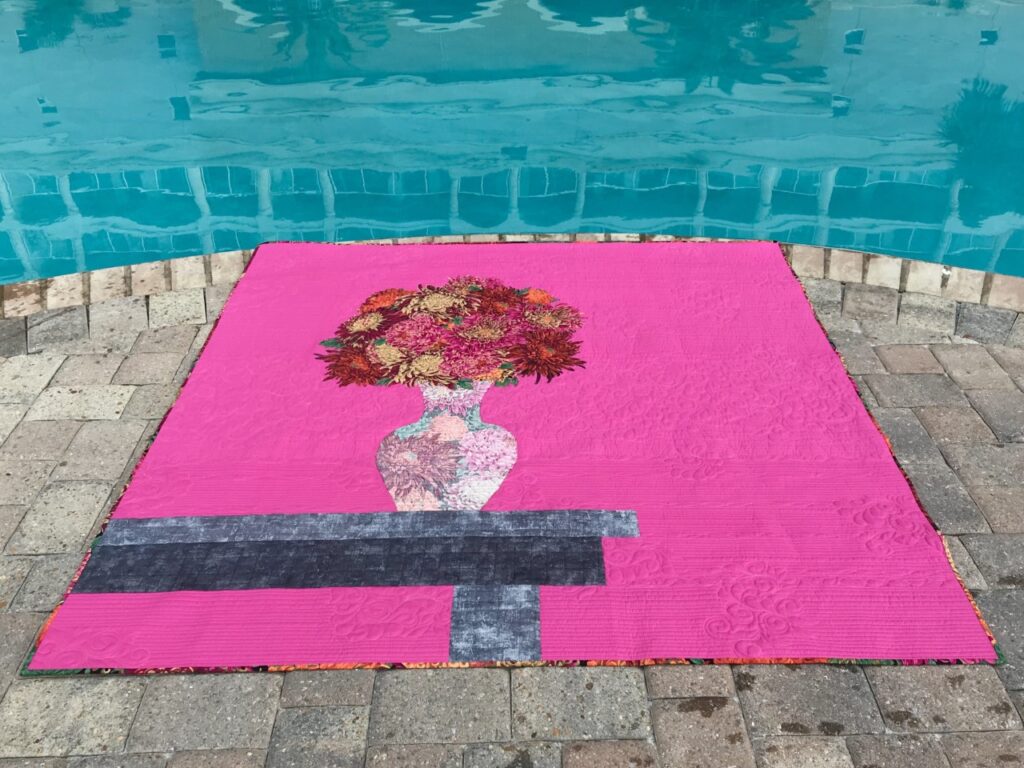
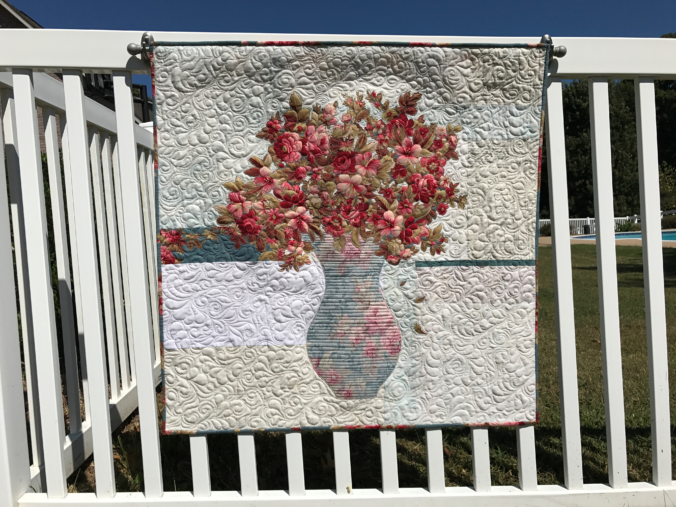
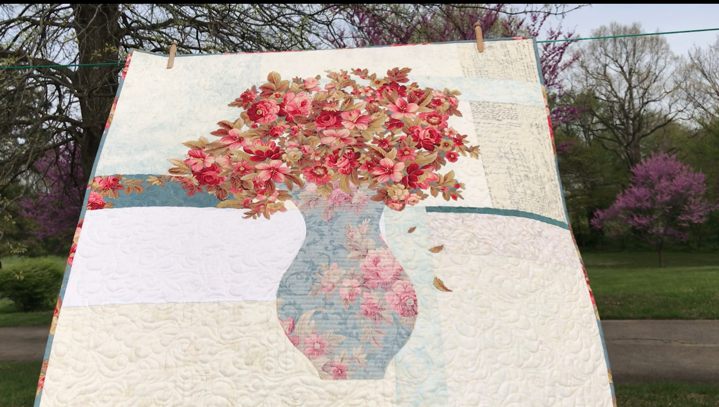
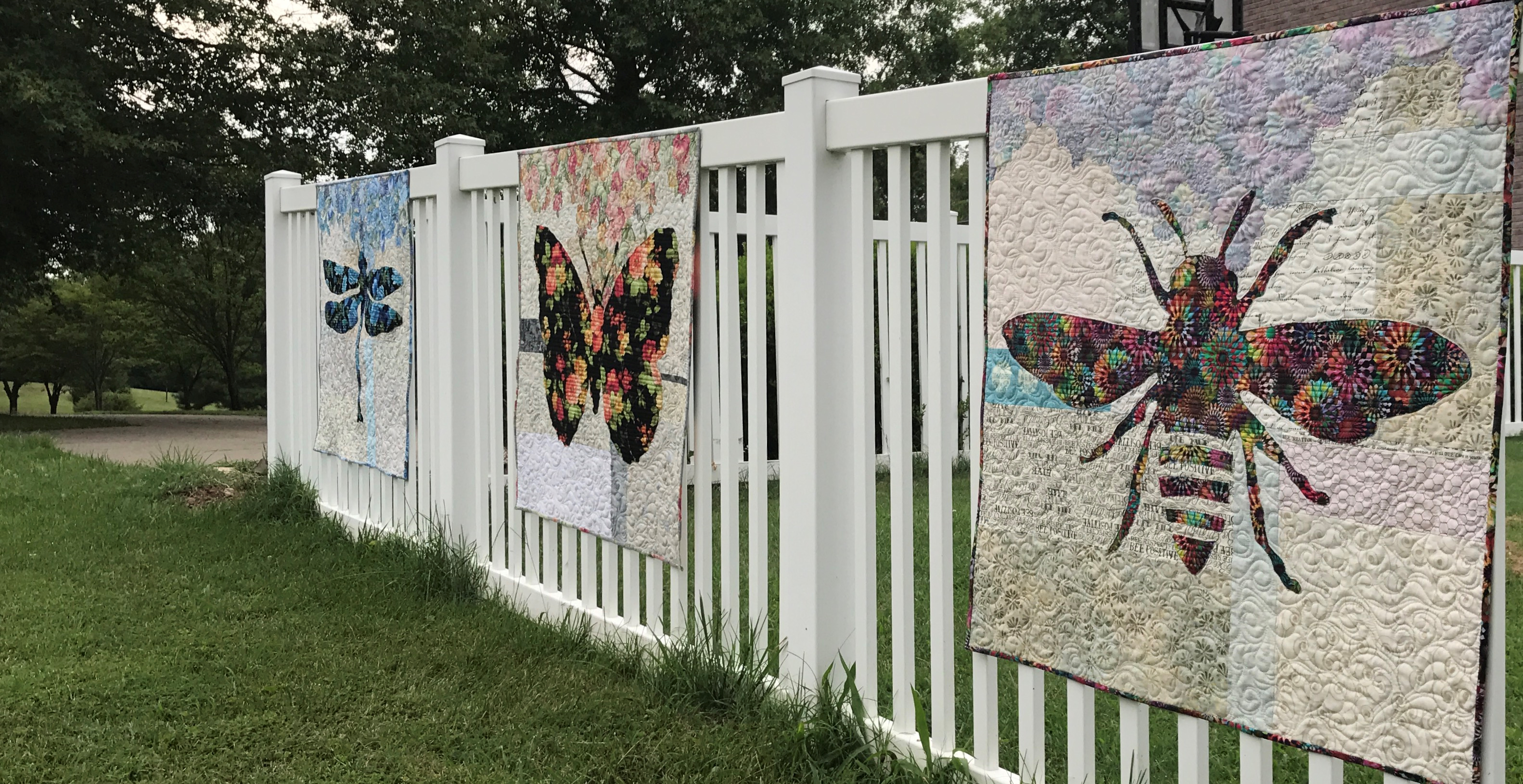
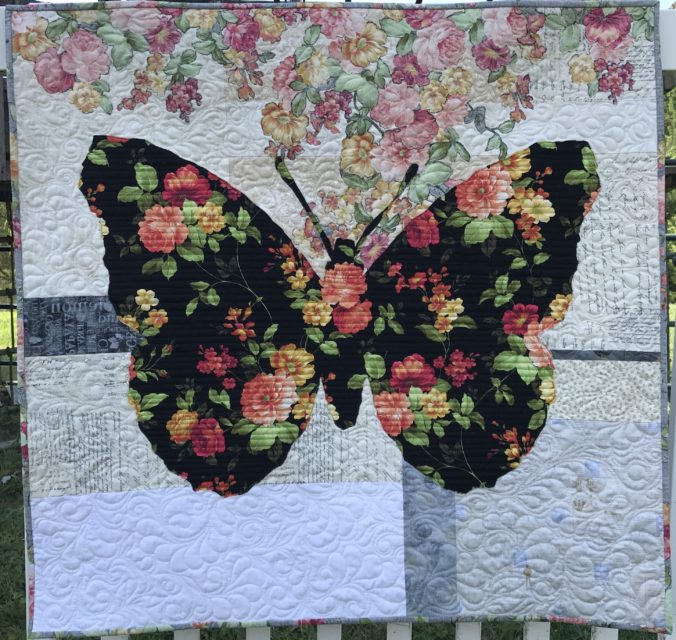
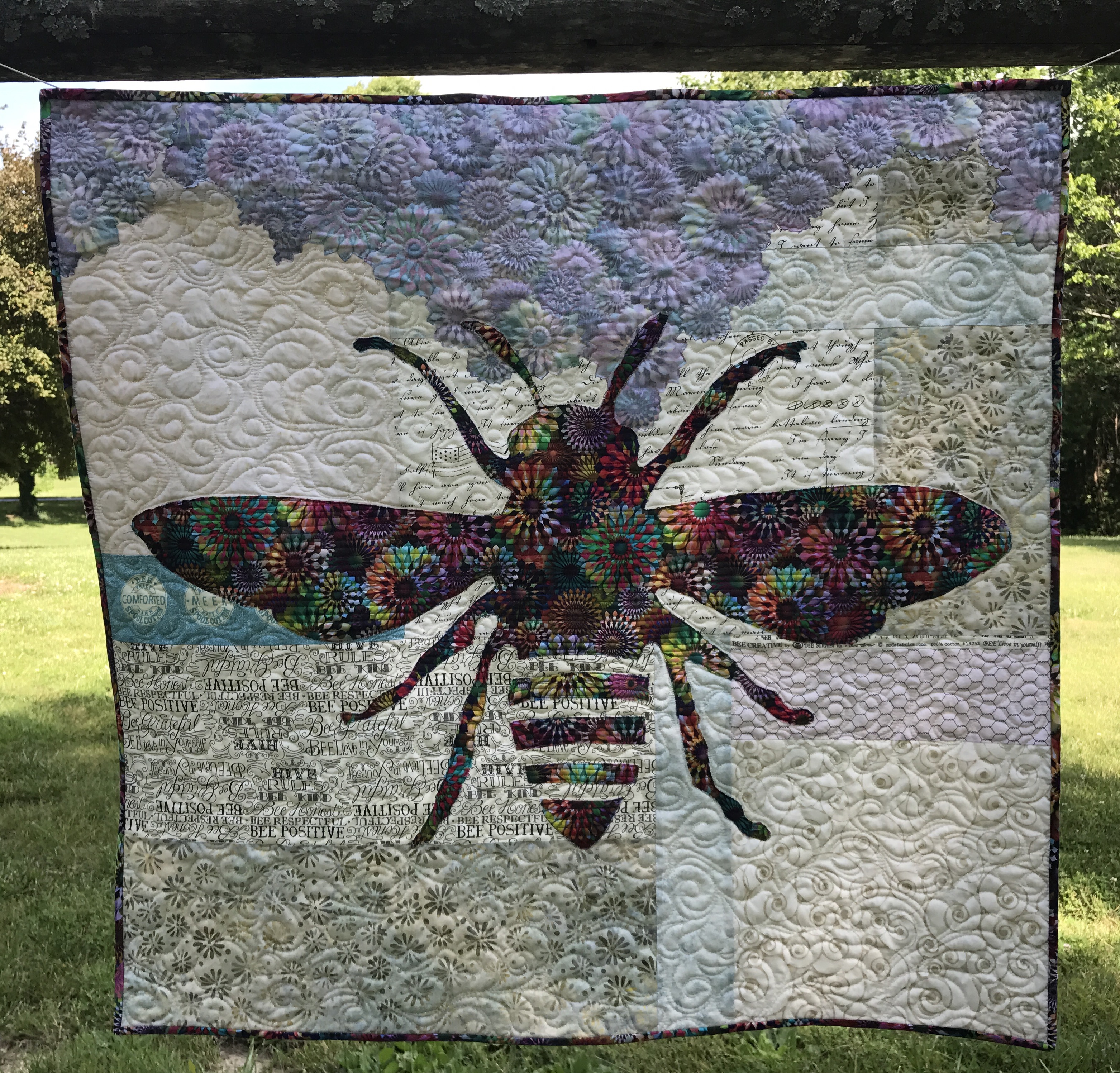
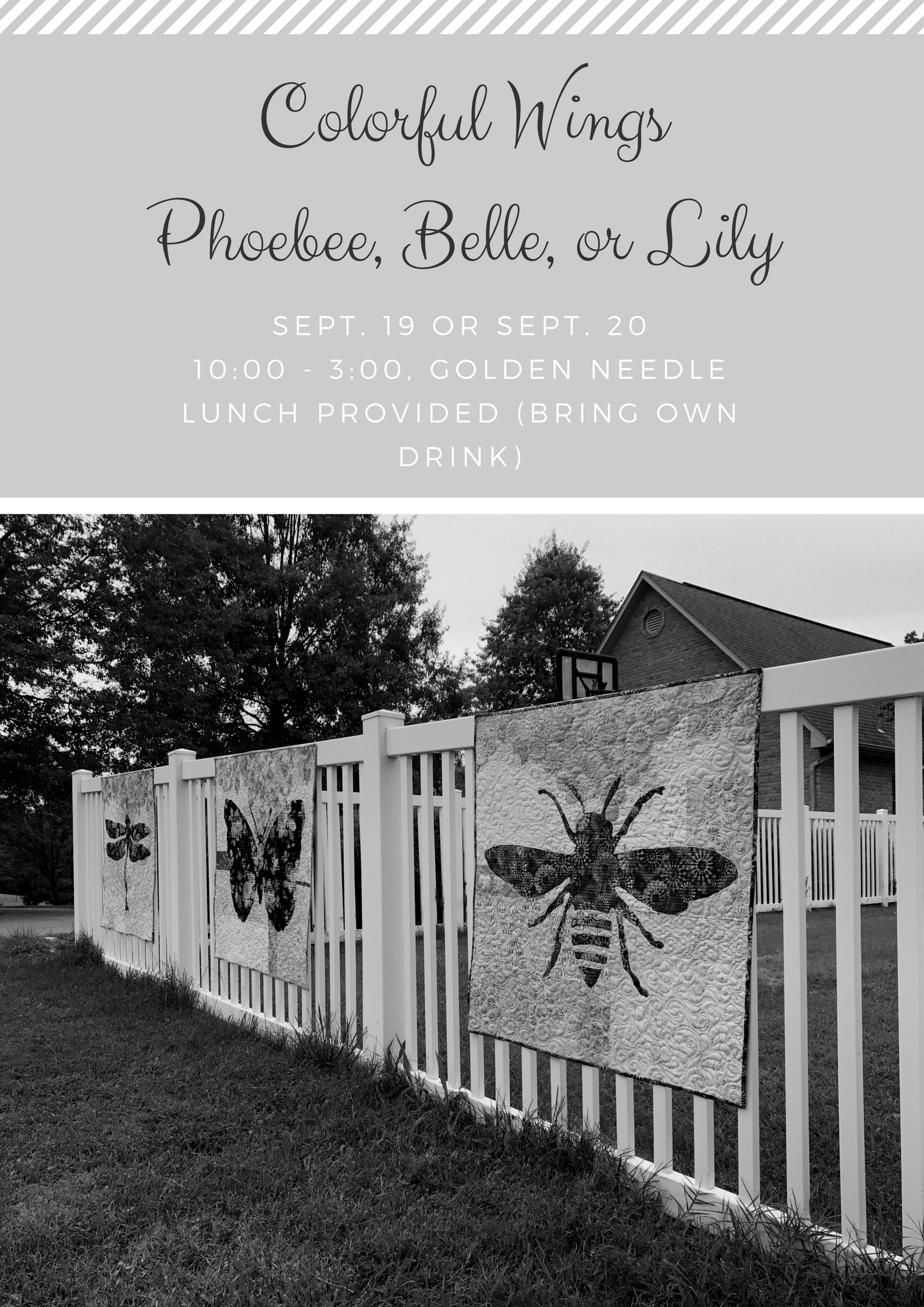 Next came Belle. She’s a French butterfly. Belle means “beautiful” (I NEVER got that about Beauty and the Beast – blush).
Next came Belle. She’s a French butterfly. Belle means “beautiful” (I NEVER got that about Beauty and the Beast – blush).

